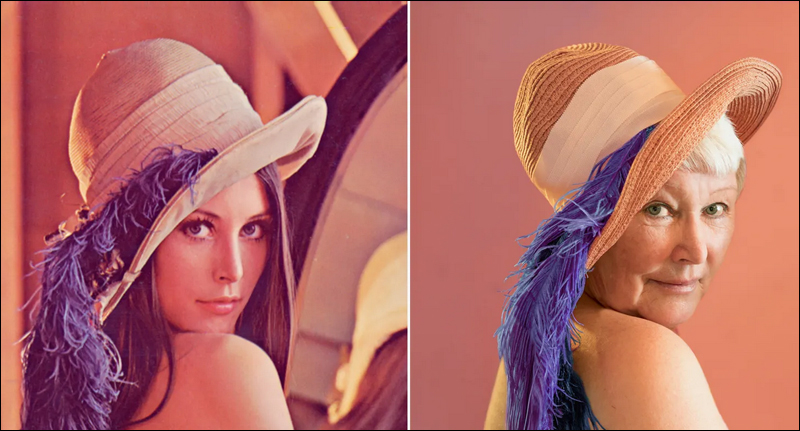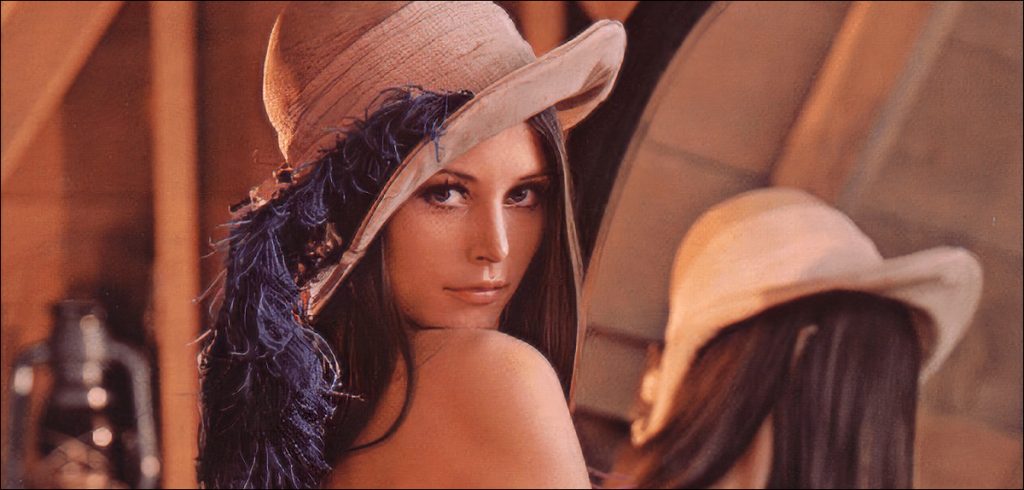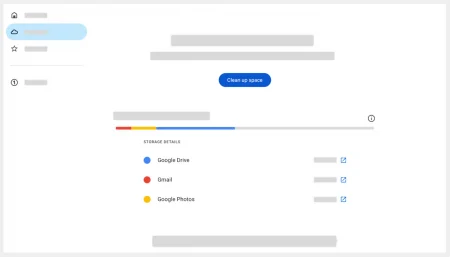Adarsh explores how a random image from a 1970s Playboy photoshoot helped in the creation of the digital image format now known as the JPEG
Lena Söderberg was 20 years old in 1971 when she moved to Chicago from her native Sweden. Newly married and hungry for work, she was working as a house help for one of her affluent relatives. As they struggled to make ends meet, her husband encouraged her to sign up with local modeling agencies.
The Photoshoot in 1972
That is how Dwight Hooker – a photographer for the infamous Playboy magazine – came to approach Lena (pronounced Lenna) for a photoshoot in 1972. “I didn’t really know what that (Playboy) was,” said Lena, in a 2019 interview with Wired. “But my husband, he thought it was kind of cool, and it was money, and I didn’t have a lot of money.”
The photos made the cut with the Playboy editorial team and along with being featured on the 1972 November cover, one of Lena’s images also made it to the issue’s centerfold. And that is how Lena came to pose for what would go on to become one of the most used images on the internet.
Sify Technologies – Digital Services
How the Image came to be picked
The following year, Alexander Sawchuk and his team of engineers at the University of Southern California’s Signal and Image Processing Institute happened to be looking for a photo to test their new image compression software.
Being the 1970s, it was probably no big deal to have a Playboy magazine lying around in the office and that’s how they chanced upon Lena’s centerfold image. With its complex mix of colors, contrasts and textures, the team felt the image was perfect for testing out their software.
The full image had Miss November posing with nothing but a feathered sun hat, boots, stockings and a pink boa. One of the engineers tore off the top third of the image and ran it through a set of analog to digital converters. It resulted in a 512-line scan.

The test was a success and the lab proudly handed out copies to other researchers to test their algorithms and compare. Lena had no idea but six months after becoming the Playboy cover girl, she was viral – decades before becoming viral was even a thing.
Why the Image continued to be used
Apart from the complexities of the colors in the image, the sensual nature of the photo appealed to the predominantly male tech industry.
Soon enough, the Lena image was used to test out all kinds of technology linked with digital imagery. Whether it was wavelets, compression, reconstruction or denoising, the Lenna – as it came to be known in the tech sector – became the industry standard.
It was used for testing over and over until the format that we now know was the JPEG came to be born. The engineers who worked on the technology changed over the years but the image endured.
Pop Culture mentions
Soon enough, the image became a pop culture icon. In the 1973 movie Sleeper, the protagonist Woody Allen wakes up in a dystopian world in 2173. He is asked to identify Joseph Stalin and Charles de Gaulle. One of the other images he is asked to identify is the Lenna.
The image also became a part of the media studies syllabus and would be routinely mentioned and acknowledged in coder and tech forums.
The 1972 November issue of Playboy went on to become the best-selling edition of the magazine, with a reported 7,161,561 copies sold worldwide.
Feminist backlash around the Image
Even as the image continues to be idolized by computer geeks, it has also faced a lot of feminist backlash over the years.
In 2015, Maddie Zug, a high school senior from Virginia, wrote an op-ed in The Washington Post. “Why is an advanced science, technology, engineering and mathematics school using a Playboy centerfold in its classrooms? It’s time for TJ (Thomas Jefferson High School for Science and Technology) to say hello to inclusive computer science education – and say goodbye to Lena.”
Several journals have taken up that suggestion and for the last two decades no longer accept papers with the Lena image. In 2018, the website Nature published an article titled ‘A Note On The Lena Image’. It read: “We would like to let our authors, reviewers and readers know that, with immediate effect, we no longer consider submissions containing the Lena (sometimes ‘Lenna’) image. This decision was taken in consultation with relevant journal editors and affects all Nature Research journals.”
Apart from the backlash, there also exist technological reasons to drop the Lena image. Most phones these days click photos that have exponentially more pixels than the scan of a 1970s magazine image. Depending only on one test photo could result in creating algorithms which might not work on all images.
What Lena has to say
The Playboy photoshoot led to several others including advertising covers for brands like Kodak and Xerox. But after a brief stint in the modeling industry, Lena returned to Sweden.
And for the next few decades, she had absolutely no idea that a particular image of her was still doing the rounds in the digital sphere. To put it mildly, the first lady of the Internet did not have the slightest clue that she was in fact the first lady of the Internet.
Talking to Wired, she recollected her surprise when she first found out about the image. “When I was in Quebec, this girl came up to me and she said, ‘Oh, you’re real. You’re a person.’ It was crazy.”
There is a documentary titled ‘Losing Lena’ about the many ways in which women in tech are sidelined or ostracized. As the title suggests, it focuses a lot on Lena’s story and the image.
Towards the end of the documentary, Lena makes her thoughts on the image clear: “Once upon a time, I was the centerfold of Playboy. But I retired from modeling a long time ago. It’s time I retired from tech, too.”

In case you missed:
- 13 Ways to Speed Up your Wi-Fi Connection
- Cloudflare’s One-Click Solution for Image Verification
- You can Now Create a Video From a Single Image!
- Is Tesla set to Launch Self-Driving Taxis in 2025?
- TalkBack, Circle To Search & 3 More Google Features added on Android
- Mary Meeker’s AI Report: ChatGPT is Growing Faster than Google Search
- How India broke its Paralympics Medal Tally by using Assistive Tech
- Target, NVIDIA Best Tech Workplaces in India, Amazon, InMobi among Worst
- Samsung S25 Review: A Powerful Upgrade with AI Enhancements
- Meta’s Puffin Project: Future of Mixed Reality in a Pair of Glasses









